34 releases (21 stable)
Uses new Rust 2024
| 6.0.3 | Mar 16, 2025 |
|---|---|
| 5.0.0 | Oct 9, 2024 |
| 4.0.2 | Jun 11, 2024 |
| 3.0.1 | Jun 10, 2024 |
| 0.6.0 | Mar 28, 2021 |
#77 in Math
316 downloads per month
Used in lfest
120KB
3.5K
SLoC
⛓️ Chainable Tree-like Sliding Features
Modular, chainable sliding windows with various signal processing functions and technical indicators.
A View defines the function which processes the incoming values and provides an output value.
View's can easily be added by implementing the Trait which requires two methods:
update(&mut self, val: f64): Call whenever you have a new value with which to update the Viewlast(&self) -> f64: Retrieve the last value from the View
This enables multiple View's to be chained together to apply many signal processing functions consecutively with zero-overhead thanks to Rust's zero-cost abstractions.
For example you may want to compose a chained function that firstly smoothes the input values using an EMA,
applies the rate of change ROC function and finally applies normalization to it
HLNormalizer.
This can be achieved as such:
let mut chain = HLNormalizer::new(ROC:new(EMA::new(Echo::new(), 10), 15), 20);
Imagine this process as a tree with nodes (which is more accurate) as you can merge multiple Views together.
An example of such a combining node is the Add node for example.
This is one possible example to visualize the tree-like nature of this chaining process.
flowchart TD
A[Echo] --> B[EMA]
C[Echo] --> D[SMA]
B --> E[ROC]
D --> F[RSI]
E --> G[Add]
F --> G
G --> H[HLNormalize]
How to use
To use this crate in your project add this to your Cargo.toml:
sliding_features = "2.5.3"
To create a new View, call the appropriate constructor as such:
let mut rsi = RSI::new(Echo::new(), 16);
This creates an RSI
indicator with window length of 16. Notice that Echo
will always be at the end of a View chain, as it just returns the latest observed value.
Now to update the values of the chain, assuming test_values contains f64 values:
for v in &test_values {
rsi.update(v);
let last = rsi.last();
println!("latest rsi value: {}", last);
}
Each View will first call it's chained View to get it's last value, which will then be used to update the state of the View. Some Views have additional parameters such as ALMA.
Examples
See examples folder for some code ideas
cargo run --release --example basic_single_view
cargo run --release --example basic_chainable_view
Views
A View defines the function which processes value updates. They currently include:
- Echo
- Technical Indicators
- Center of Gravity
- Cyber Cycle
- Laguerre RSI
- Laguerre Filter
- ReFlex
- TrendFlex
- ROC
- RSI
- MyRSI (RSI in range [-1.0, 1.0])
- NET (John Ehlers noise elimination technology using kendall correlation)
- Correlation Trend Indicator (CTI)
- Polarized Fractal Efficiency
- Ehlers Fisher Transform
- SuperSmoother by JohnEhlers
- RoofingFilter by JohnEhlers
- Normalization / variance / mean standardization
- HLNormalizer, a sliding high-low normalizer
- Variance Stabilizing Transform (VST)
- Variance Stabilizing Centering Transform (VSCT)
- Moving Averages
- ALMA (Arnaux Legoux Moving Average)
- SMA (Simple Moving Average)
- EMA (Exponential Moving Average)
- Math combinations of Views
- Add
- Subtract
- Multiply
- Divide
- Math functions
- Tanh
- GTE - Greater Than or Equal clipping function
- LTE - Lower Than or Equal clipping function
- Standard deviation sliding window estimation using WelfordOnlineSliding
- Cumulative
- Entropy
Images
Underlying data synthetically generated by MathisWellmann/time_series_generator-rs using a standard normal (gaussian) process. Note that each run uses common test data from test_data.rs for consistency.
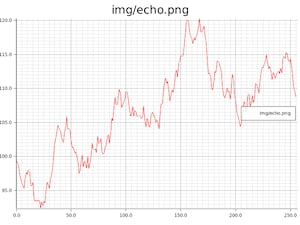
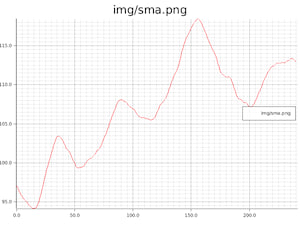
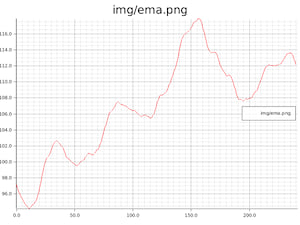
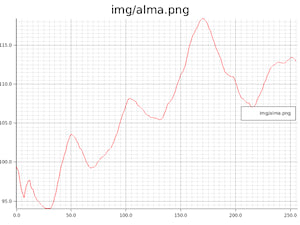

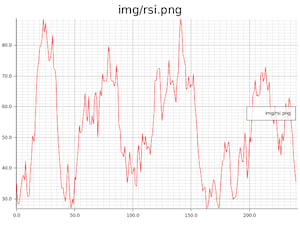
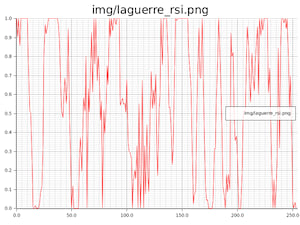
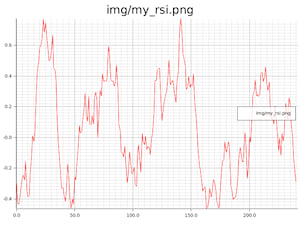
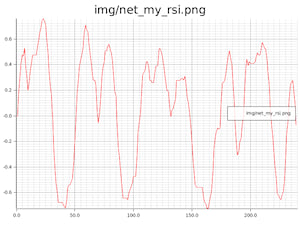
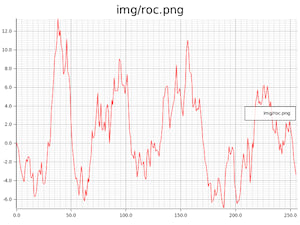
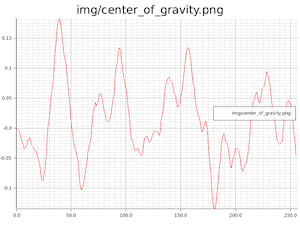

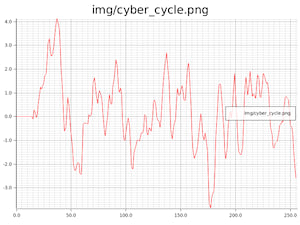
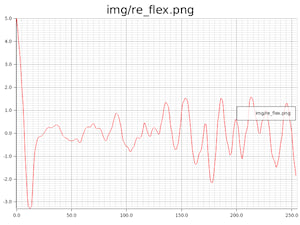
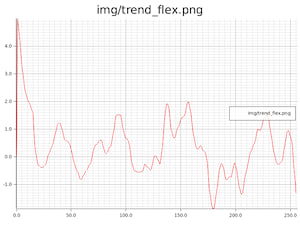

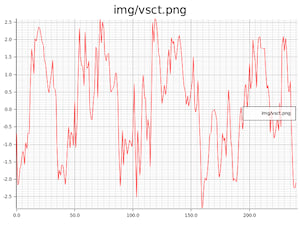
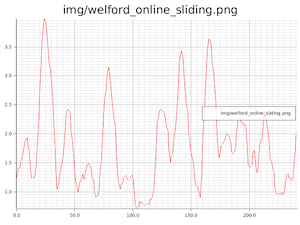
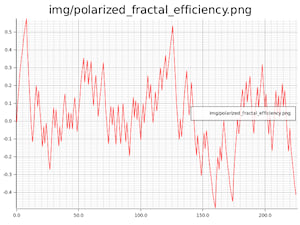
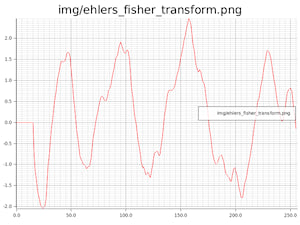
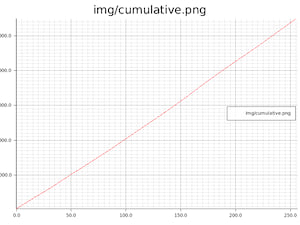
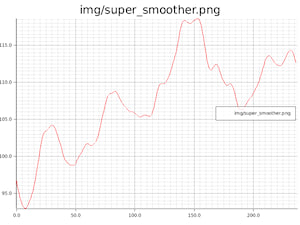

TODOs:
Feel free to implement the following and create a PR for some easy open-source contributions:
- FRAMA
- MAMA
- FAMA
- Stochastic
- Zero Lag
- gaussian filter
- correlation cycle indicator
- some indicators can be built with const sized arrays, for better performance
- add Default impl for all
- maybe even throw in a generic numeric type
- and so much more...
Contributing
If you have a sliding window function or indicator which you would like to integrate, feel free to create a pull request. Any help is highly appreciated. Let's build the greatest sliding window library together 🤝
Donations 💰 💸
I you would like to support the development of this crate, feel free to send over a donation:
Monero (XMR) address:
47xMvxNKsCKMt2owkDuN1Bci2KMiqGrAFCQFSLijWLs49ua67222Wu3LZryyopDVPYgYmAnYkSZSz9ZW2buaDwdyKTWGwwb

License
Copyright (C) 2020 <MathisWellmann wellmannmathis@gmail.com>
This program is free software: you can redistribute it and/or modify it under the terms of the GNU Affero General Public License as published by the Free Software Foundation, either version 3 of the License, or (at your option) any later version.
This program is distributed in the hope that it will be useful, but WITHOUT ANY WARRANTY; without even the implied warranty of MERCHANTABILITY or FITNESS FOR A PARTICULAR PURPOSE. See the GNU Affero General Public License for more details.
You should have received a copy of the GNU Affero General Public License along with this program. If not, see https://www.gnu.org/licenses/.

Dependencies
~0.7–1.2MB
~26K SLoC